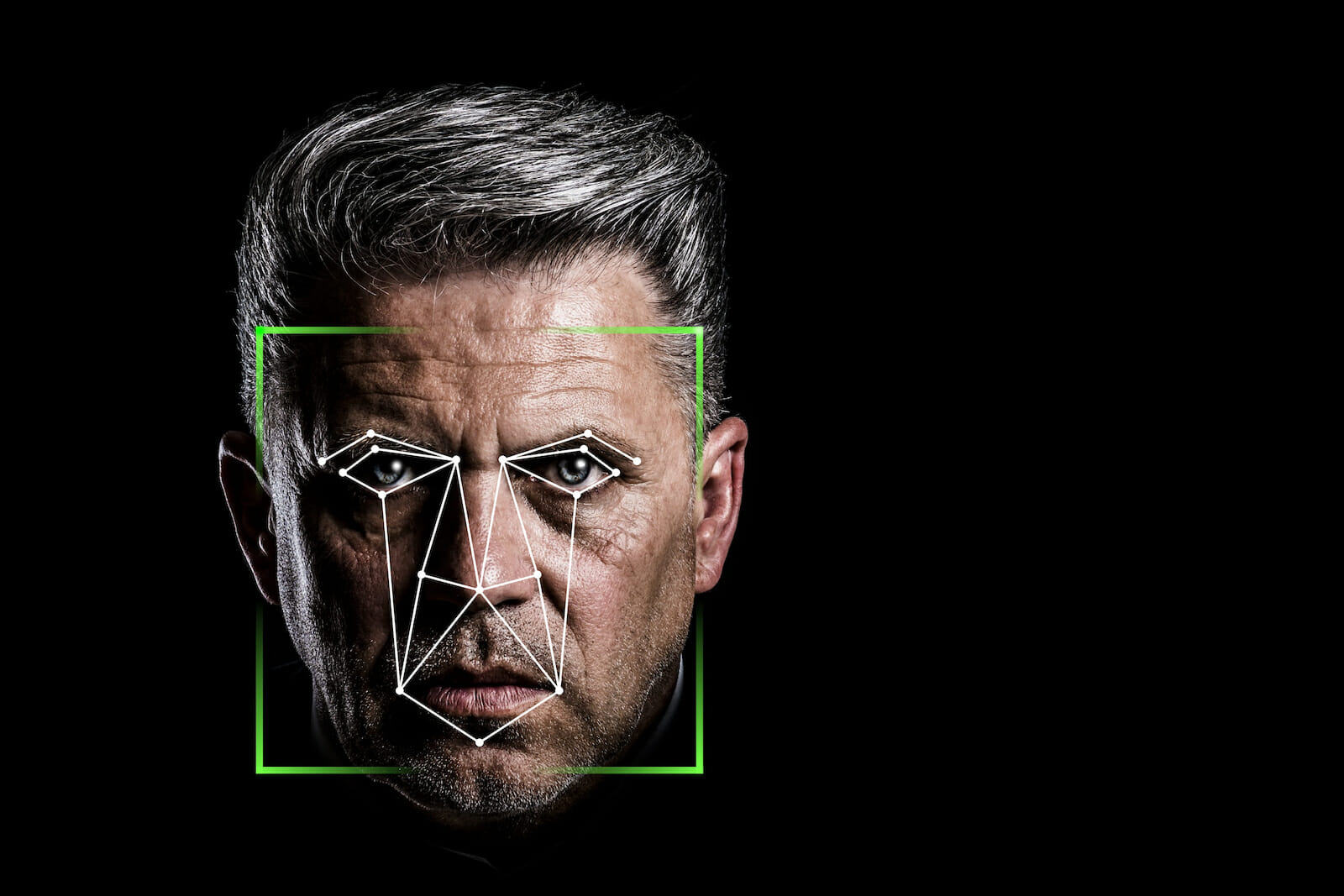
Tech
Why Biometric Recognition Technology is So Divisive
How do you know that someone is who they claim to be?
In the U.S., police officers rely on a few different identity markers — like ID cards and fingerprints. Soon, however, officers may rely on new biometric tech that can identify you based on facial features, voice, or even how you walk.
Proponents of the tech have argued that it’s essential in helping law enforcement and security professionals solve crimes.
However, cybersecurity experts and privacy advocates are increasingly concerned with how biometric technology is being used — and some believe that tech could erode privacy rights and make us all less safe.
How Officers Are Using Biometrics to Identify Suspects
Some biometric recognition technology is already a common fixture in law enforcement practices. Fingerprint analysis is around 125 years old, and officers have used DNA fingerprinting since the late 1980s.
Now, with the rise of advanced AI tech that can identify subtle patterns in visual and audio information, it’s become possible to identify individuals based on other biometric data that is wholly unique to an individual.
This may be your face shape, voice or fingerprints — or even behavioral characteristics, like how you walk or stand.
Law enforcement experts are hopeful that these advances will help identify a suspect when other evidence is limited. Officers could potentially use video information from a security camera or data on their voice from a saved message to track down criminals.
In one case, officers in a Florida jurisdiction used facial recognition to identify a suspect with no identification card and fingerprints too damaged for a scan.
According to data from the New York Times, there have been 400 similar successful outcomes in the U.S. since 2014.
Soon, more advanced applications of the tech could provide police with even more opportunities to identify suspects. For example, audio forensics tech could enable officers to identify an individual based on a voice recording, like a phone call or message.
The Controversy Around Biometric Recognition
Not everyone sees only upsides to the tech. Security experts have sounded the alarm in recent years, saying that biometric recognition could work against privacy rights.
There is a fear that some officers could misuse some applications of the tech.
For example, a team of biometric researchers made headlines in early 2020 after publishing a paper on their controversial biometric recognition algorithm that could “allegedly predict criminal behavior in an individual” using facial features. Experts believed that the algorithm was simply replicating existing biases in law enforcement.
Privacy experts have also expressed concerns about the use of biometrics. Some argue that authoritarian governments could easily use the tech to track and punish activists. For example, there is evidence that the Chinese government has already used facial recognition tech to monitor and track individuals from the country’s Uyghur minority group.
In the U.S., the American Civil Liberties Union has frequently argued against using the technology, noting that facial recognition tech has wrongfully identified individuals, sometimes leading to arrests.
Security of stored biometric information could also become a major problem. If hackers breach police networks, they could have access to massive amounts of biometric data that they could use to identify or even impersonate private individuals.
How the Debate Around Biometric Recognition May Develop
Some municipalities and police departments have responded to the controversy with tighter regulations. The Los Angeles Police Department banned its detectives from using commercial face recognition tech in November 2020. A ballot initiative in Portland, Maine, similarly disallowed officers from using the technology the same month.
Other departments and advocates have argued that they should be allowed any tool that will help them identify suspects, including facial recognition technology.
The debate will likely become more intense as biometric recognition tech becomes more effective and has a greater impact on daily life. For the moment, police departments across the U.S. and around the world will continue to experiment with it.

